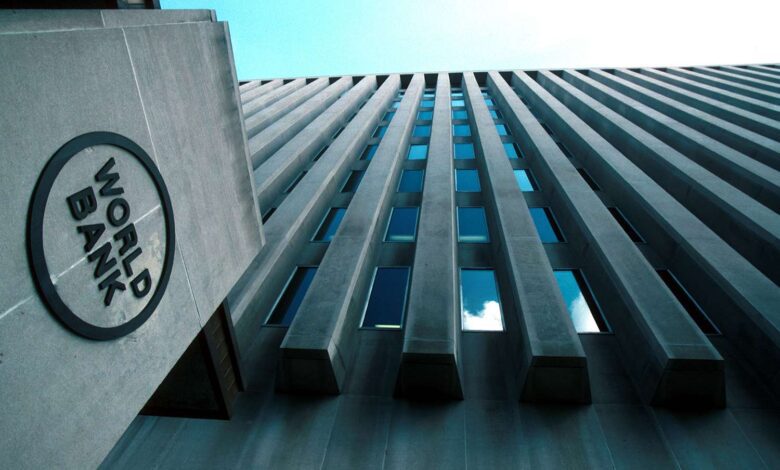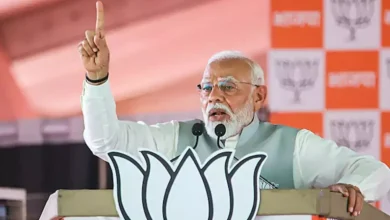
The World Bank’s research reveals a significant gender disparity in all nations, even the world’s most affluent economies. Women, in comparison to men, have fewer legal rights and lack equal work opportunities.
Women earn merely 77 cents for every dollar that men earn. This inequality extends to retirement, with different retirement ages for men and women in 62 economies.
Two primary factors limit women’s workplace options: protection from violence and access to childcare services. Including these measures, women have only 64% of the legal protections that men do, significantly less than the previously estimated 77%.
The gender gap is prevalent in 190 economies worldwide, with a substantial discrepancy between legal reforms and actual outcomes.

Understanding the Gender Gap
The gender gap refers to the differential treatment of women and men concerning rights, opportunities, wages, benefits, and participation. Economists now define the gender gap as systemic differences in the results that men and women achieve in the labor market.
The World Economic Forum (WEF) ranked India 127th out of 146 countries in its Global Gender Gap (GGG) Index for 2023. The World Inequality Report 2022 estimates that men earn 82% of labor income in India, while women earn only 18%.
A McKinsey study found that women are less likely to be hired for entry-level jobs than men, despite having the same bachelor’s degrees and attrition rates. The disparity increases as employees ascend the corporate ladder. For every 100 men promoted to manager, only 86 women achieve the same status. Thus, the lack of women in entry-level jobs results in fewer qualified women being promoted.
India’s Constitution guarantees equal pay for equal work for both men and women under Article 39(d) and Article 42. It also prohibits gender-based discrimination under Article 15(1) and Article 15(2).
While 95 countries have enacted equal pay laws, only 35 have measures to ensure the pay gap is covered. Closing the gender gap would increase global gross domestic product by more than 20%.
Women spend an average of 2.3 more hours a day on unpaid care work than men, much of it on childcare. When an organization expands childcare access, women’s participation in the labor force increases by 1 percentage point initially and then doubles over the next five years. Only 78 economies provide financial or tax support for parents with young children, and 62 countries have quality standards governing childcare services.
Another barrier for women is nominal legal protection against domestic violence, sexual harassment, child marriage, and femicide. Although 151 economies have laws prohibiting sexual harassment in the workplace, only 39 have laws prohibiting it in public spaces.
The Situation in India
The Covid-19 pandemic and lockdowns not only affected the world’s economies but also increased socio-economic disparities.
Data from the Centre for Monitoring Indian Economy (CMIE) shows that 37% of women compared to 27% of men lost their jobs between April 2020 and April 2021. Women’s employment recovery has been slower.
Even in January 2022, women’s labor force participation was 9.4% lower than in January 2020, compared to 1.6% for men. The number of employed rural women experienced a steep initial fall, from 29.8 million in March 2020 to 17.8 million in April 2020, a decrease of 40.2% against 25.5% for rural men. Meanwhile, urban female employment fell from 11.8 million in March 2020 to 8.3 million in April 2020, a decrease of 29.2% compared to 32.4% for men.
Gender pay inequalities widened in technology, healthcare, and financial service sectors post-pandemic.
Despite efforts to reduce the gender pay gap, women in India still earn 28% less than their male counterparts in 2018-29, according to the National Sample Survey Office’s survey data. This gap was 48% in 1993-94.
The International Labour Organization estimates that women continue to earn about 20% less than men worldwide.
The difference in salaries and growth progression can affect a woman’s financial stability and economic independence.
The most common reasons for the gender pay gap in India are the increased burden of unpaid domestic work, exacerbated gender-based skill and educational gaps, digital illiteracy, travel restrictions, and lack of institutional support at workplaces.
Possible Solutions
Policymakers should address the issue by implementing equal pay policies, flexible working arrangements, and providing training and development opportunities for women.
The government can create jobs catering to women, expand their role in small and medium enterprises, and incentivize entrepreneurship. Upskilling them for leadership roles can bridge the gender gap in higher positions.
A report by the McKinsey Global Institute found that closing gender pay gaps could add $12 trillion to global GDP by 2025.
You might also be interested in – Pregnancy cannot bar women from government jobs: Uttarakhand High Court



